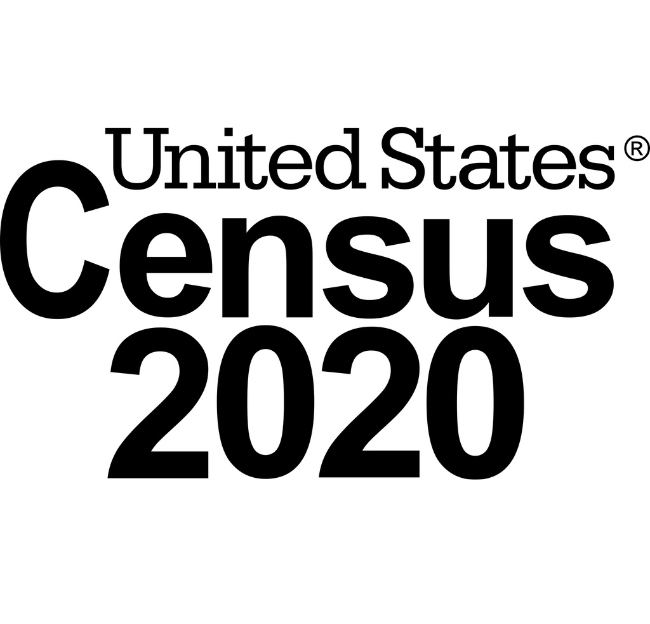State Data Center of Mississippi
CPS operates the State Data Center of Mississippi, distributing census data and leading census outreach.

"The State Data Center is here to advocate and educate around the census. We want everyone to understand why it's important to be counted. We're going to provide the data. We're going to provide the context for the data. And we're going to talk honestly with residents, state and local leaders and policymakers about what that data means."
Lynn C. Woo, Associate Director, CPS
Bridging the Data Gap
The State Data Center (SDC) of Mississippi is a collaborative partnership between the University of Mississippi, the State of Mississippi and the U.S. Census Bureau. It is operated by CPS and provides:
- Census outreach and education
- Technical assistance with census data requests and analysis
- Networking between census data users and the Census Bureau
- Representation for Mississippi with the Federal-State Cooperative for Population Estimates
The Importance of Census Data
The State Data Center is the public face for the U.S. Census within Mississippi. As such, CPS is responsible for engaging in outreach and education to encourage a complete count of the state population. An accurate census count is important for Mississippi because it has several direct impacts, including:
- State population counts are used to reapportion seats in the U.S. House of Representatives.
- State and local officials use census data to redraw congressional, state and local district boundaries.
- Census totals help determine the amount of funding that state governments and local communities receive from the federal government for the next decade for programs such as Medicaid, highway planning and construction, special education and school lunch programs.
- Governments and nonprofit organizations use census data to determine the need for new roads, hospitals, schools and other public sector investments.
Mississippi's 2020 Census Results

2020 U.S. Census Results
Explore the statewide and county-by-county census results on the U.S. Census Bureau website.

The Mississippi Undercount
CPS staff weigh in on why there was a significant undercount in Mississippi's 2020 Census results and what it will mean for state funding and the political landscape.

How to Use Census Data
This presentation provides an overview of census data available for Mississippi, as well as instructions for how to access and use that data.
Additional Census Resources
-
Population Projections for Mississippi, 2020 – 2050
This report calculates state and county level population projections for 2020-2050. It relies on the cohort component method, which is a widely used projection technique for state and county level projections due to the data requirements and flexible approach.
Download Population Projections -
The 2020 Census and Its Impact on Children
In this episode of the Children’s Foundation of Mississippi Chat About Children Video Podcast, CPS joins Mississippi NAACP Executive Director Dr. Corey Wiggins, Mississippi Census Complete Count Committee chair Sen. Giles Ward to learn about the Census' impact on children in Mississippi for the next decade and beyond, and what you can do to help.
Watch the video -
Supervisors’ District Maps
These maps, created by the SDC, offer breakdowns of supervisor districts across the state.
Download Now -
Population and Housing Unit Estimates
The Census Bureau's Population Estimates Program (PEP) produces estimates of the population for the United States, states, metropolitan and micropolitan statistical areas, counties, cities, towns, as well as for Puerto Rico and its municipios.
View Data -
Breaking Down the Age of Mississippi's Population
A look of Mississippis adult and under-18 populations, including comparisons to how these demographics have changes since 2010.
View Data
